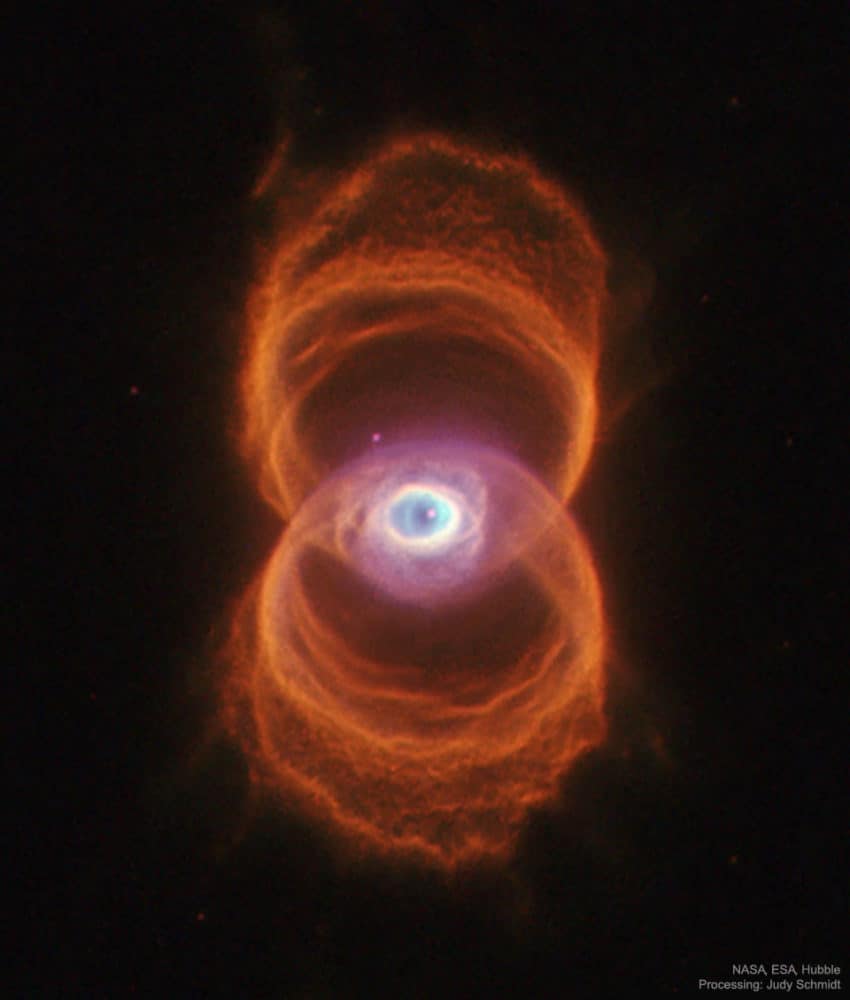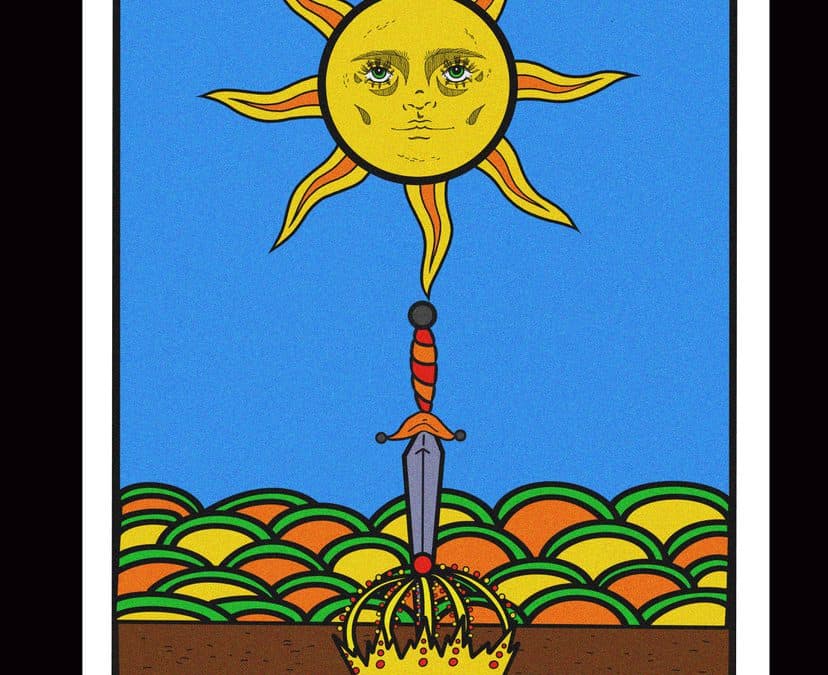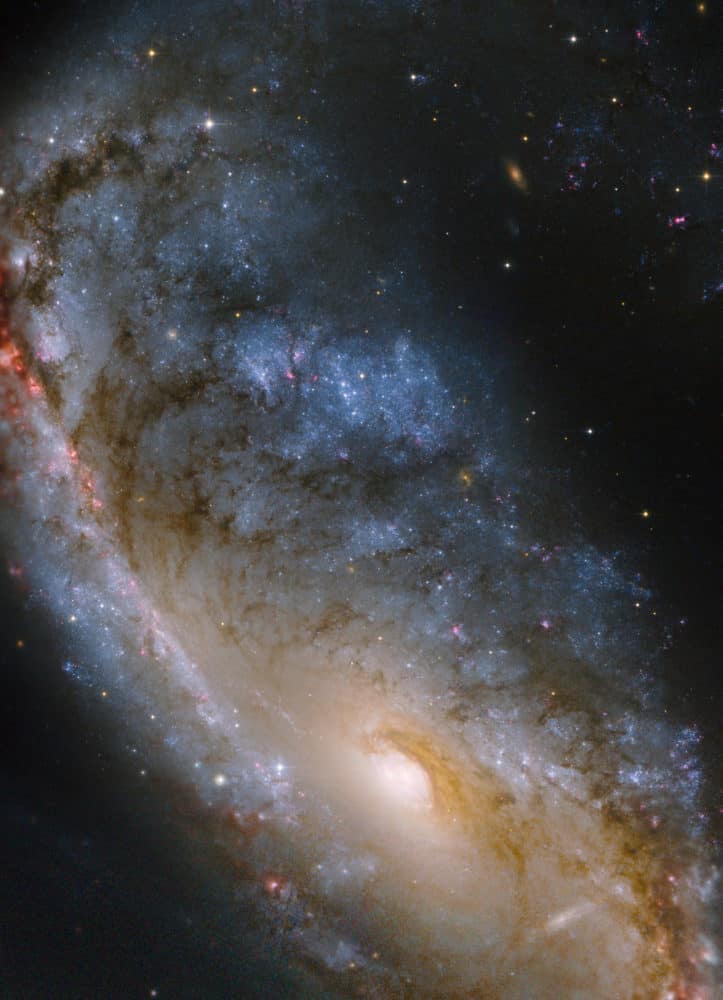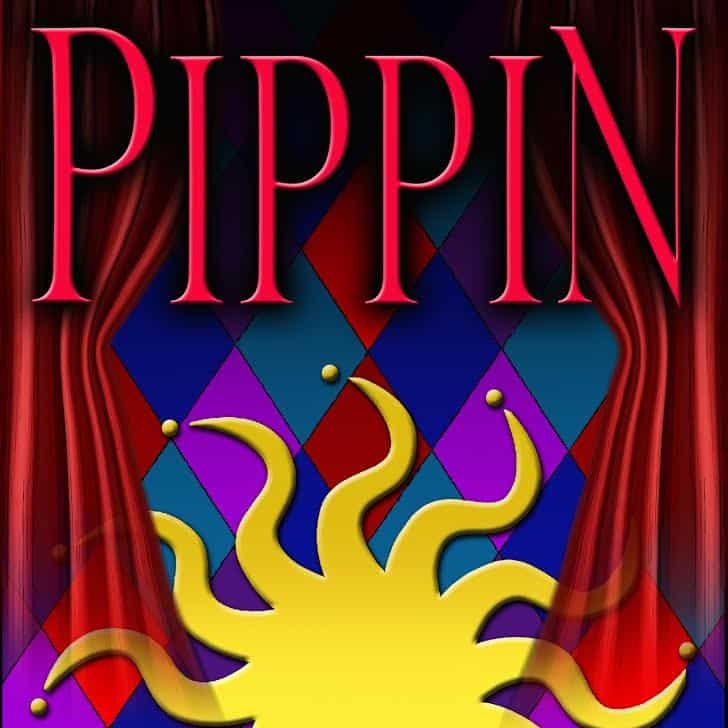Blog
Antonio Hart (born September 30, 1968) is a jazz alto saxophonist. He attended the Baltimore School for the Arts, studied with Andy McGhee at Berklee College of Music, and has a master’s degree from Queens College, City University of New York. His initial training was classical, but he switched to jazz in college. He gained recognition for his work with Roy Hargrove.
Hart is currently serving as a full-time professor of jazz studies in Aaron Copland School of Music at Queens College City University of New York.
Hart is a member of the Sigma chapter of Alpha Phi Alpha fraternity.
more...Oscar Pettiford (September 30, 1922 – September 8, 1960) was an American jazz double bassist, cellist and composer. He was one of the earliest musicians to work in the bebop idiom. Pettiford was born at Okmulgee, Oklahoma. His mother was Choctaw, and his father was half Cherokee and half African American.
He grew up playing in the family band in which he sang and danced before switching to piano at the age of 12, then to double bass when he was 14. He is quoted as saying he did not like the way people were playing the bass so he developed his own way of playing it. Despite being admired by the likes of Milt Hinton at the age of 14, he gave up in 1941 as he did not believe he could make a living. Five months later, he once again met Hinton, who persuaded him to return to music.
In 1942 he joined the Charlie Barnet band and in 1943 gained wider public attention after recording with Coleman Hawkins on his “The Man I Love“. Pettiford also recorded with Earl Hines and Ben Webster around this time. After he moved to New York, he was one of the musicians (together with Dizzy Gillespie, Thelonious Monk, Kenny Clarke) who in the early 1940s jammed at Minton’s Playhouse, where the music style developed that later was called bebop. He and Dizzy Gillespie led a bop group in 1943. In 1945 Pettiford went with Hawkins to California, where he appeared in The Crimson Canary, a mystery movie known for its jazz soundtrack, which also featured Josh White. He then worked with Duke Ellington from 1945 to 1948 and for Woody Herman in 1949 before working mainly as a leader in the 1950s.
As a leader he inadvertently discovered Cannonball Adderley. After one of his musicians had tricked him into letting Adderley, an unknown music teacher, onto the stand, he had Adderley solo on a demanding piece, on which Adderley performed impressively.
Pettiford is considered the pioneer of the cello as a solo instrument in jazz music. He first played the cello as a practical joke on his band leader (Woody Herman) when he walked off stage during his solo spot and came back, unexpectedly with a cello and played on that. In 1949, after suffering a broken arm, Pettiford found it impossible to play his bass, so he experimented with a cello a friend had lent him. Tuning it in fourths, like a double bass, but one octave higher, Pettiford found it possible to perform during his rehabilitation (during which time his arm was in a sling) and made his first recordings with the instrument in 1950. The cello thus became his secondary instrument, and he continued to perform and record with it throughout the remainder of his career.
https://www.youtube.com/watch?v=-lYBhfpZlUU
more...Bernard “Buddy” Rich (September 30, 1917 – April 2, 1987) was an American jazz drummer and bandleader. He is considered one of the most influential drummers of all time and was known for his virtuoso technique, power, and speed. He performed with Tommy Dorsey, Harry James and Count Basie, and led a big band. Rich was born in Sheepshead Bay, Brooklyn, New York, to Jewish-American parents Bess Skolnik and Robert Rich, both vaudevillians. As a kid, when he was at a restaurant with his parents, he used the knife and fork as drum sticks. Before he turned two, he was part of his parents’ act on vaudeville, but on breaks he would sneak into the orchestra pit and try to get the drummer’s sticks. He was on Broadway as Baby Traps the Drum Wonder at age four, playing “Stars and Stripes Forever” on a drum. He was a singer and tap dancer. In his teens he led a band and toured in the U.S. and Australia. At fifteen he became the second highest paid child entertainer behind Jackie Coogan during the 1930s.
Pippin the Musical performance today at the Mixed Blood Theater in Minneapolis presented by Theater 55. Sunday September 29th 2pm matinee Final Performance. Natalia Peterson on piano, Jamie Carter on guitar and mick laBriola percussion chair.
more...The rings of MyCn 18 trace the outline of an hourglass — although one with an unusual eye in its center. Either way, the sands of time are running out for the central star of this hourglass-shaped planetary nebula. With its nuclear fuel exhausted, this brief, spectacular, closing phase of a Sun-like star’s life occurs as its outer layers are ejected – its core becoming a cooling, fading white dwarf. In 1995, astronomers used the Hubble Space Telescope (HST) to make a series of images of planetary nebulae, including the one featured here. Pictured, delicate rings of colorful glowing gas (nitrogen-red, hydrogen-green, and oxygen-blue) outline the tenuous walls of the hourglass. The unprecedented sharpness of the Hubble images has revealed surprising details of the nebula ejection process that are helping to resolve the outstanding mysteries of the complex shapes and symmetries of planetary nebulas like MyCn 18.
The Engraved Hourglass Nebula (also known as MyCn 18) is a young planetary nebula in the southern constellation Musca. It was discovered by Annie Jump Cannon and Margaret W. Mayall during their work on an extended Henry Draper Catalogue (the catalogue was built between 1918 and 1924). At the time, it was designated simply as a small faint planetary nebula. Much improved telescopes and imaging techniques allowed the hourglass shape of the nebula to be discovered by Romano Coradi and Hugo Schwarz in images taken during 1991-1992 at the European Southern Observatory. It is conjectured that MyCn 18’s hourglass shape is produced by the expansion of a fast stellar wind within a slowly expanding cloudwhich is denser near its equator than its poles. The vivid colours given off by the nebula are the result of different ‘shells’ of elements being expelled from the dying star, in this case helium, nitrogen, oxygen and carbon.
more...Roy Sinclair Campbell Jr. (September 29, 1952 – January 9, 2014) was an American trumpeter frequently linked to free jazz, although he also performed rhythm and blues and funk during his career. Born in Los Angeles, California, in 1952, Campbell was raised in New York City. At the age of fifteen he began learning to play trumpet and soon studied at the Jazz Mobile program along with Kenny Dorham, Lee Morgan and Joe Newman. Throughout the 1960s, still unacquainted with the avant-garde movement, Campbell performed in the big bands of the Manhattan Community College. From the 1970s onwards he performed primarily within the context of free jazz, spending some of this period studying with Yusef Lateef.
In the early 1990s Campbell moved to the Netherlands and performed regularly with Klaas Hekman and Don Cherry. In addition to leading his own groups, he performed with Yo La Tengo, William Parker, Peter Brötzmann, Matthew Shipp, and other improvisors. Upon returning to the United Stateshe began leading his group Other Dimensions In Music and also formed the Pyramid Trio, a pianoless trio formed with William Parker. He died in January 2014 of hypertensive atherosclerotic cardiovascular disease at the age of 61.
more...Jean-Luc Ponty (born 29 September 1942) is a French jazz violinist and composer. Ponty was born into a family of classical musicians on 29 September 1942 in Avranches, France. His father taught violin, his mother taught piano. At sixteen, he was admitted to the Conservatoire National Supérieur de Musique de Paris, graduating two years later with the institution’s highest honor, Premier Prix (first prize). He was hired by the Concerts Lamoureux symphony in which he played for three years.
While still a member of the orchestra in Paris, Ponty picked up a side job playing clarinet (which his father had taught him) for a college jazz band that regularly performed at local parties. It proved life-changing. A growing interest in Miles Davis and John Coltrane compelled him to take up tenor saxophone. One night after an orchestra concert, and still wearing his tuxedo, Ponty found himself at a local club with only his violin. Within four years, he was widely accepted as the leading figure in “jazz fiddle”.
At that time, Ponty was leading a dual musical life: rehearsing and performing with the orchestra while also playing jazz until 3 a.m. at clubs throughout Paris. The demands of this schedule eventually brought him to a crossroads. Critic Joachim Berendt wrote that “Since Ponty, the jazz violin has been a different instrument”. At first, the violin proved to be a handicap; few at the time viewed the instrument as having a legitimate place in the modern jazz vocabulary. With a powerful sound that eschewed vibrato, Ponty distinguished himself with bebop phrasing and a punchy style influenced more by horn players than by anything previously tried on the violin. In 1964 at age 22 he released his debut album, Jazz Long Playing. He performed on stage in Basel, Switzerland, with string players Stuff Smith, Stéphane Grappelli, and Svend Asmussen. The performance was released as the album Violin Summit(1966).
John Lewis of the Modern Jazz Quartet invited Ponty to perform at the Monterey Jazz Festival in 1967, which led to a recording contract with the World Pacific and the albums Electric Connection(1969) with the Gerald Wilson Big Band and Jean-Luc Ponty Experience with the George Duke Trio (1969). That year also brought Sunday Walk (1967), the first collaboration between Ponty and Niels-Henning Orsted Pedersen.
https://www.youtube.com/watch?v=h9Ndr5Wl6aY
more...This close-up Hubble view of the Meathook Galaxy (NGC 2442) focuses on the more compact of its two asymmetric spiral arms as well as the central regions. The spiral arm was the location of a supernova that exploded in 1999. These observations were made in 2006 in order to study the aftermath of this supernova. Ground-based data from MPG/ESO 2.2-metre telescope were used to fill out parts of the edges of this image.
NGC 2442 and NGC 2443 are two parts of a single intermediate spiral galaxy, commonly known as the Meathook Galaxy. It is about 50 million light-years away in the constellation Volans, and was discovered by Sir John Herschel on December 23, 1834. Associated with this galaxy is HIPASS J0731-69, a cloud of gas devoid of any stars. It is likely that the cloud was torn loose from NGC 2442 by a companion.
Gaia16cfr was a supernova imposter that occurred in NGC 2442 on 1 December 2016. It reached a Gaia apparent magnitude of 19.3 and absolute magnitude of about −12.
more...
Kenneth David “Kenny” Kirkland (September 28, 1955 – November 12, 1998) was an American pianist/keyboardist.
Born in Brooklyn, New York in 1955, Kirkland was six when he first sat down at a piano keyboard. After years of Catholic schooling, Kirkland enrolled at the Manhattan School of Music, where he studied classical piano performance, classical theory and composition. Kirkland’s first professional work came with Polish fusion violinist Michal Urbaniak, touring throughout Europe with his group in 1977. Coincidentally, his next high-profile gig was with another Eastern European jazz émigré, Miroslav Vitous. Kirkland is featured on Vitous’ ECM recordings First Meeting and Miroslav Vitous Group.
In 1980, while Kirkland was on tour in Japan with Hino, he met Wynton Marsalis, which began their long association. On Marsalis’s self-titled debut album, Kirkland shared the piano duties with one of his musical influences, Herbie Hancock, but was the sole pianist on Marsalis’s subsequent releases Think of One, Hothouse Flowers and Black Codes. After his association with Wynton Marsalis, Kirkland joined Branford Marsalis’s band.He is also on Marsalis’s funk band album Buckshot Lefonque. When Branford Marsalis assumed the high-visibility role of bandleader for NBC TV’s The Tonight Show with Jay Leno, Kirkland became the band’s pianist.
In 1991, he released his debut as a leader, Kenny Kirkland, on GRP Records. Thunder And Rainbows (1991, Sunnyside Records), by “Jazz from Keystone”, is a trio album with Kirkland, Charles Fambrough, and Jeff “Tain” Watts.
more...Víctor Lidio Jara Martínez (Spanish pronunciation: [ˈβiktoɾ ˈliðjo ˈxaɾa maɾˈtines]; 28 September 1932 – 16 September 1973) was a Chilean teacher, theater director, poet, singer-songwriter and communist political activist tortured and killed during the dictatorship of Augusto Pinochet. He developed Chilean theater by directing a broad array of works, ranging from locally produced plays to world classics, as well as the experimental work of playwrights such as Ann Jellicoe. He also played a pivotal role among neo-folkloric musicians who established the Nueva Canción Chilena (New Chilean Song) movement. This led to an uprising of new sounds in popular music during the administration of President Salvador Allende.
Jara was arrested shortly after the Chilean coup of 11 September 1973, which overthrew Allende. He was tortured during interrogations and ultimately shot dead, and his body was thrown out on the street of a shantytown in Santiago. The contrast between the themes of his songs—which focused on love, peace, and social justice—and the brutal way in which he was murdered transformed Jara into a “potent symbol of struggle for human rights and justice” for those killed during the Pinochet regime. His preponderant role as an open admirer and propagandist for Che Guevara and Allende’s government, under which he served as a cultural ambassador through the late 60’s and until the early 70’s crisis that ended in Allende’s Coup, marked him for death.
In June 2016, a Florida jury found former Chilean Army officer Pedro Barrientos liable for Jara’s murder. In July 2018, eight retired Chilean military officers were sentenced to 18 years and a day in prison for Jara’s murder.
https://www.youtube.com/watch?v=aD-o5UqH6z0
more...John Gilmore (September 28, 1931 – August 20, 1995) was an avant-garde jazz saxophonist known for his tenure with keyboardist/bandleader Sun Ra from the 1950s to the 1990s.
Gilmore grew up in Chicago and played clarinet from the age of 14. He took up the tenor saxophone while serving in the United States Air Forcefrom 1948 to 1952, then pursued a musical career, playing briefly with pianist Earl Hines before encountering Sun Ra in 1953.
For the next four decades, Gilmore recorded and performed almost exclusively with Sun Ra. This was puzzling to some, who noted Gilmore’s talent, and thought he could be a major star like John Coltrane or Sonny Rollins. Despite being five years older than Gilmore, Coltrane was impressed with his playing, and took informal lessons from Gilmore in the late 1950s. Coltrane’s epochal, proto–free jazz “Chasin’ the Trane” was inspired partly by Gilmore’s sound.
In 1957 he co-led with Clifford Jordan a Blue Note session which resulted in the album Blowing in from Chicago. The rhythm section featured Horace Silver, Curly Russell, and Art Blakey. In the mid-1960s, Gilmore toured with the Jazz Messengers and he participated in recording sessions with Paul Bley, Andrew Hill (Andrew!!! and Compulsion), Pete La Roca (Turkish Women at the Bath), McCoy Tyner (Today and Tomorrow) and a handful of others. In 1970 he co-led a recording with Jamaican trumpeter Dizzy Reece. His main focus throughout, however, remained with the Sun Ra Arkestra.
more...Koko Taylor (born Cora Anna Walton, September 28, 1928 – June 3, 2009) was an American singer whose style encompassed Chicago blues, electric blues, rhythm and blues and soul blues. Sometimes called “The Queen of the Blues”, she was known for her rough, powerful vocals.
Born on a farm near Memphis, Tennessee, Taylor was the daughter of a sharecropper. She left Tennessee for Chicago in 1952 with her husband, Robert “Pops” Taylor, a truck driver. In the late 1950s, she began singing in blues clubs in Chicago. She was spotted by Willie Dixon in 1962, and this led to more opportunities for performing and her first recordings. In 1963 she had a single on USA Records, and in 1964 a cut on a Chicago blues collection on Spivey Records, called Chicago Blues. In 1964 Dixon brought Taylor to Checker Records, a subsidiary label of Chess Records, for which she recorded “Wang Dang Doodle“, a song written by Dixon and recorded by Howlin’ Wolf five years earlier. The record became a hit, reaching number four on the R&B chart and number 58 on the pop chart in 1966, and selling a million copies. She recorded several versions of the song over the years, including a live rendition at the 1967 American Folk Blues Festival, with the harmonica player Little Walter and the guitarist Hound Dog Taylor. Her subsequent recordings, both original songs and covers, did not achieve as much success on the charts.
more...



